- Home
- Machining techniques
- CNC Machining Services
- Cooperative supply services
- Designs
- Materials
- Finishing Services
- Shop
- Products
- Guide
- About Us
- Contact Us
2023.4.24
Electroplating and electroless plating are both metal finishing processes used to coat a metal surface with a thin layer of another metal. What are the differences between them and what are their advantages/disadvantages?
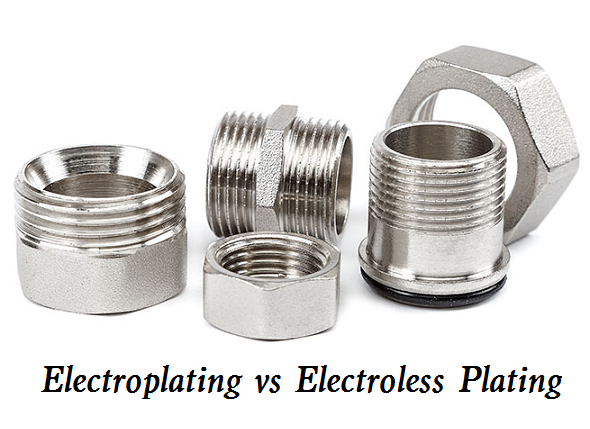
There are some key differences between electroplating and electroless plating:
1. Process: Electroplating is a process that involves passing an electric current through a solution of dissolved metal ions, which then deposit onto the metal surface being coated. Electroless plating, on the other hand, is a chemical process that involves using a reducing agent to deposit the metal onto the metal surface without the use of an electric current.
2. Control: Electroplating provides more control over the thickness and uniformity of the metal coating, as the electric current can be adjusted to deposit a precise amount of metal onto the surface. Electroless plating, on the other hand, is more difficult to control and may result in uneven coating thicknesses.
3. Surface Preparation: Electroplating requires a clean and conductive surface for the metal coating to adhere properly. Electroless plating, on the other hand, can be used on non-conductive surfaces and does not require the same level of surface preparation.
4. Cost: Electroless plating is typically more expensive than electroplating due to the higher cost of the chemicals used in the process.
5. Application: Electroplating is commonly used to provide a decorative or protective coating on metal surfaces, while electroless plating is often used to deposit a thin layer of metal onto non-metallic surfaces such as plastic or ceramic.
6. Thickness: Electroless plating typically produces coatings that range from 0.0001 to 0.002 inches in thickness. However, the thickness limit of electroless plating can be increased by using a thicker base material or by applying multiple layers of the coating. Electroplating can produce coatings that range from 0.00002 to 0.02 inches in thickness, depending on the specific application and the metal being coated. Thicker coatings can be achieved by applying multiple layers of the coating.
Advantages and Disadvantages of Electroplating
1) Pros:
– Enhanced durability: Electroplating can improve the durability and wear resistance of the metal surface by providing a protective layer of another metal.
– Improved corrosion resistance: The coating produced by electroplating can provide better protection against corrosion, which can extend the life of the metal part.
– Decorative options: Electroplating can be used to create decorative finishes on metal parts, such as chrome or gold plating.
– Precise control: Electroplating provides precise control over the thickness and uniformity of the coating, allowing for more precise customization.
2) Cons:
– Cost: Electroplating can be an expensive process, as it requires specialized equipment and skilled operators.
– Environmental concerns: Electroplating can produce toxic waste, which must be carefully disposed of to avoid environmental damage.
– Surface preparation: Electroplating requires a clean and conductive surface for the metal coating to adhere properly, which can require additional surface preparation steps.
Advantages and Disadvantages of Electroless Plating
1) Pros:
– Uniform coating thickness: Electroless plating produces a more uniform and even coating thickness than electroplating, which can improve the quality and consistency of the coating.
– Good adhesion: Electroless plating provides better adhesion than electroplating, particularly on non-conductive surfaces. This makes it a more versatile process for coating a range of materials and surfaces.
– Corrosion resistance: Electroless plating is more resistant to corrosion than electroplating due to the dense and uniform coating produced by the process.
– Reduced environmental impact: Electroless plating produces less toxic waste than electroplating, making it a more environmentally friendly option.
– Cost-effective: Electroless plating can be a cost-effective option for coating metal surfaces due to its lower energy consumption and simpler process compared to electroplating.
2) Cons:
– Less precise control: Electroless plating is more difficult to control than electroplating, which can result in less precise coating thickness and quality.
– Longer process times: Electroless plating typically requires longer process times than electroplating, which can increase production time and costs.
– Limited range of metals: Electroless plating is generally limited to coating only certain metals, such as nickel, gold, and copper.
– Even coating thickness: Electroless plating produces a more uniform and even coating thickness than electroplating. Electroplating can produce uneven coatings due to the distribution of the electric current, which can result in thicker or thinner areas of the coating.
– Better adhesion: Electroless plating provides better adhesion than electroplating, particularly on non-conductive surfaces. Since electroless plating does not require an electric current to deposit the metal, it can coat non-conductive surfaces more effectively than electroplating.
– Corrosion resistance: Electroless plating is more resistant to corrosion than electroplating. The coating produced by electroless plating is dense and uniform, which can provide better protection against corrosion.
– Increased durability: The uniform and even coating thickness produced by electroless plating can provide increased durability and wear resistance over electroplating.
– Fewer process steps: Electroless plating requires fewer process steps than electroplating, which can result in a simpler and more cost-effective process.
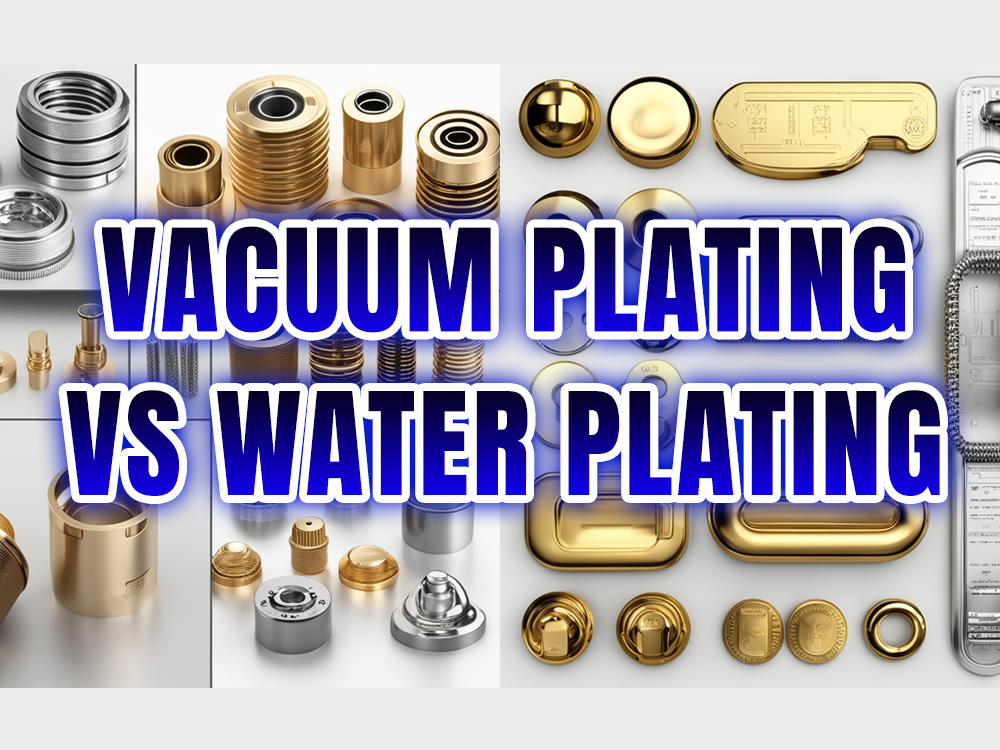 Vacuum Coating vs Water Coating: Different Between Vacuum Metalizing and Electroless Plating
Vacuum Coating vs Water Coating: Different Between Vacuum Metalizing and Electroless Plating
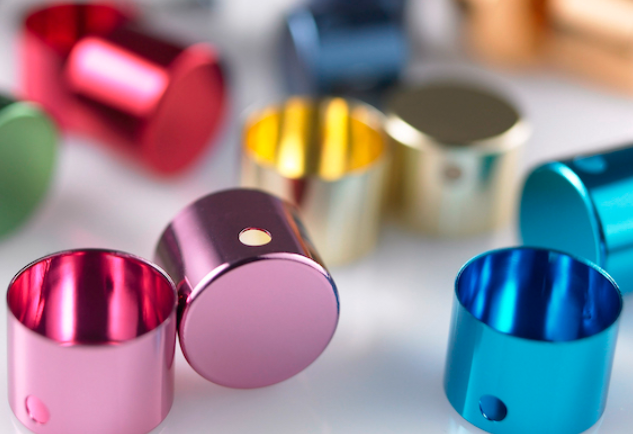 Anodizing vs Electroplating – Similarities and Differences Between Anodizing and Electroplating
Anodizing vs Electroplating – Similarities and Differences Between Anodizing and Electroplating
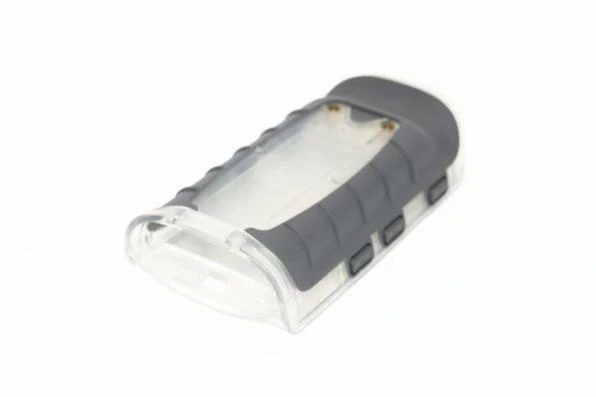 Surface Strengthening Technology Of Injection Molded Parts | CNCLATHING
Surface Strengthening Technology Of Injection Molded Parts | CNCLATHING
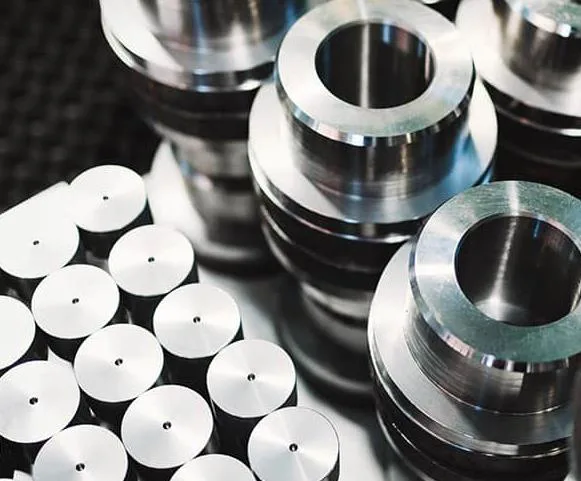 What Is Alodine (Chem Film) – Alodine Coating Thickness, Process, Types & Chem Film vs Anodize
What Is Alodine (Chem Film) – Alodine Coating Thickness, Process, Types & Chem Film vs Anodize
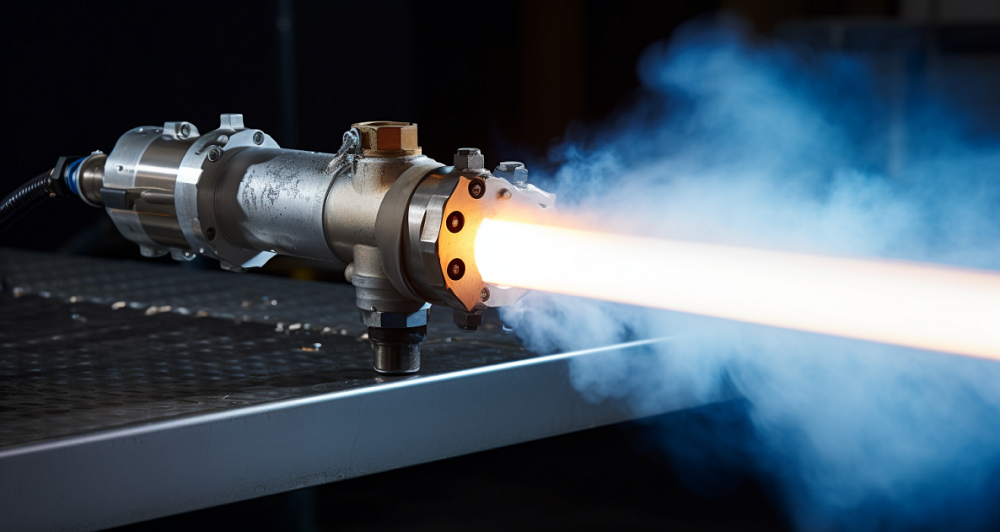 What is HVOF Coating – HVOF Thermal Spray Process, Materials, Benefits, Machine, Applications
What is HVOF Coating – HVOF Thermal Spray Process, Materials, Benefits, Machine, Applications
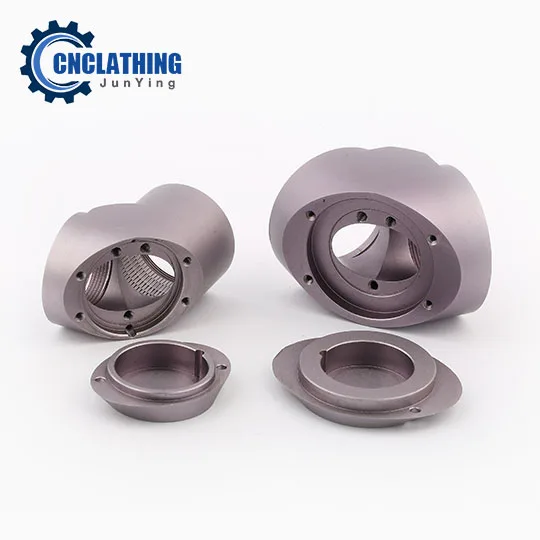 Understanding Type 3 Hard Coat Anodizing: Thickness, Colors, Applications, Process & Comparison with Other Types
Understanding Type 3 Hard Coat Anodizing: Thickness, Colors, Applications, Process & Comparison with Other Types
